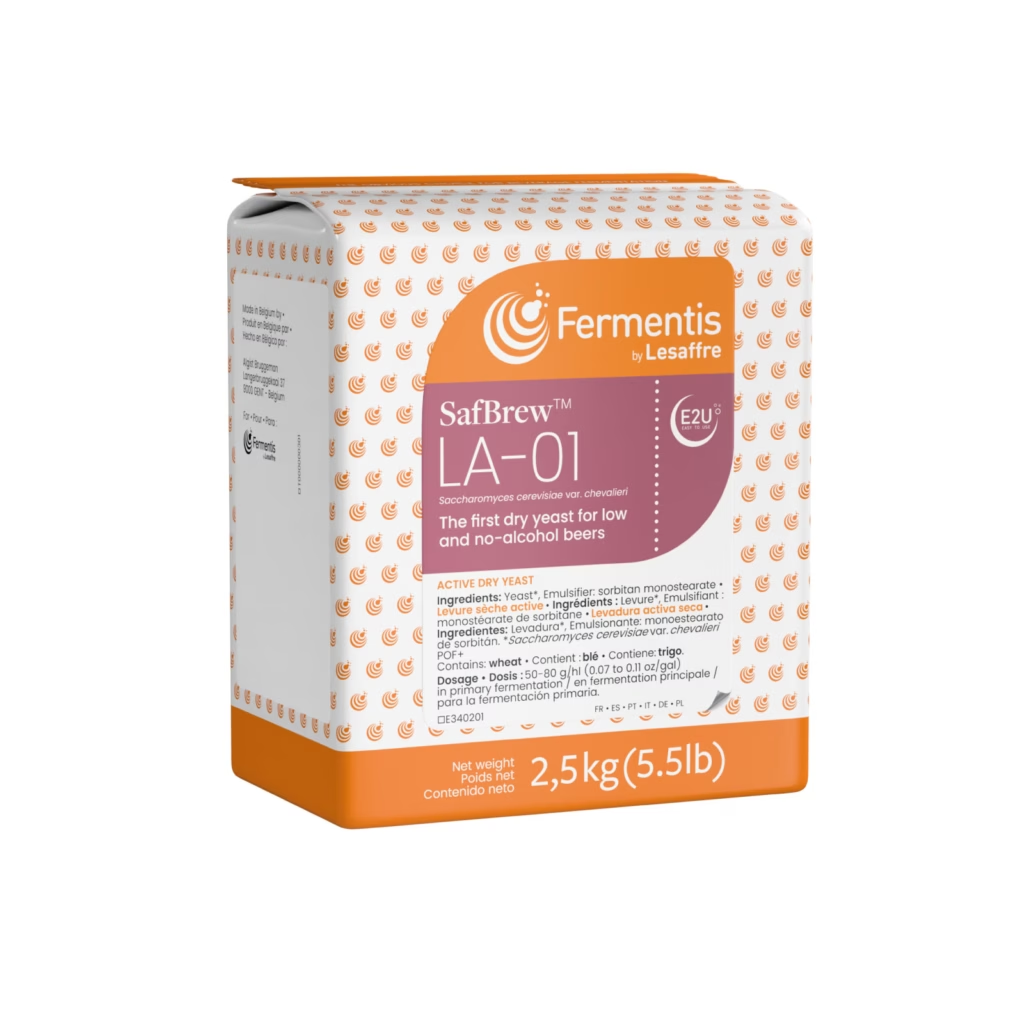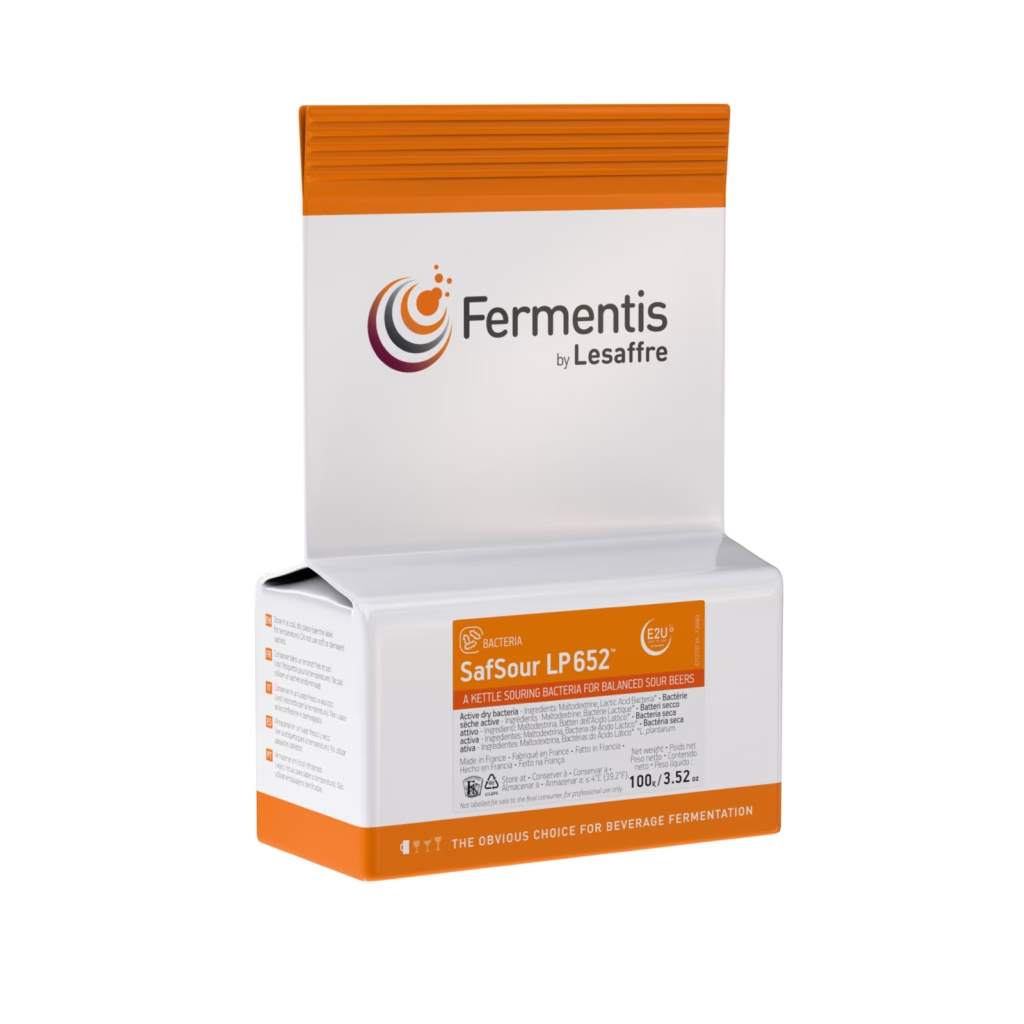When we launched SafBrew™ LA-01 in 2018, the no- and low-alcohol (NOLO) trend was already on the rise. Nearly a decade later, the market has exploded from a niche segment into a mainstream part of the global beverage industry. Although NOLO alternatives have been around for a while, what is striking is how quickly they are improving in quality.
SafBrew™ LA-01 was the first dry yeast for no- and low-alcohol beers available on the market. The strain’s popularity has steadily grown worldwide, making it one of our best-selling products. Let’s take a look at why SafBrew™ LA-01 is the preferred choice for crafting low and no-alcohol beers.
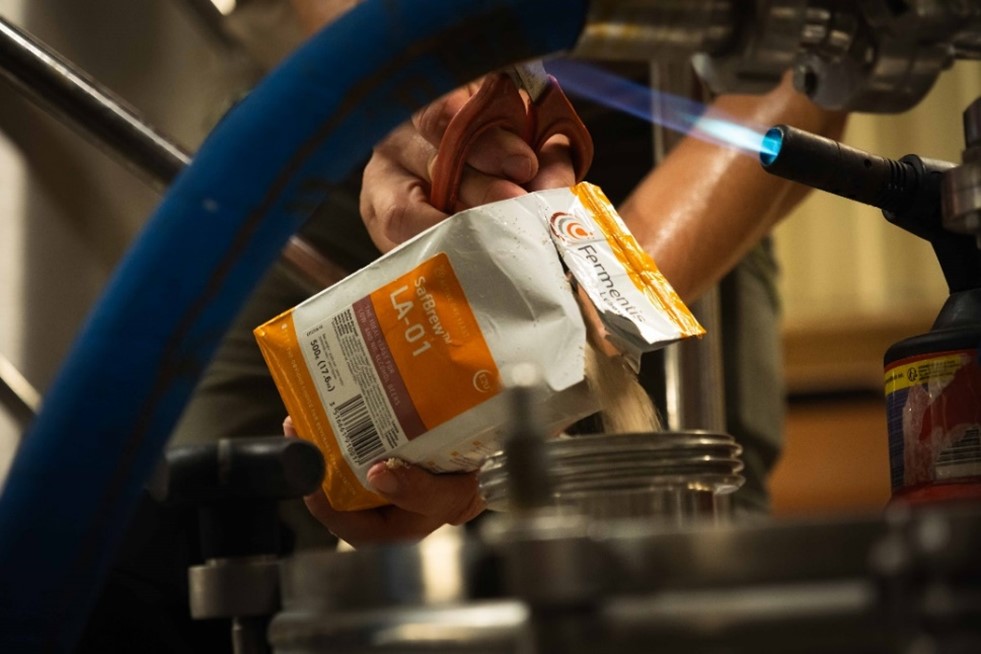
Brewing low- and no-alcohol beer with SafBrew™ LA-01
Before we dive in, it’s important to note that the terms “low alcohol”, “non-alcoholic”, and “alcohol-free” can have different meanings from one country to the next. Generally, non-alcoholic beers must contain less than 0.5% ABV, while low-alcohol beers should be under 1.2% ABV. Be sure to always check your local regulations before labelling your products.
SafBrew™ LA-01 is a Saccharomyces cerevisiae var. chevalieri yeast strain. It maintains all the expected brewing pedigree of its species, not least the reliability. The main difference with other S. cerevisiae, is that SafBrew™ LA-01 is maltose-negative and can only assimilate simple sugars, such as fructose or glucose. Other brewing strains will consume maltose, thereby producing more alcohol. With SafBrew™ LA-01, craft brewers can easily produce low- and even no-alcohol beers, especially when adapting certain brewing parameters.
The starting point is to adjust the wort in order to reduce the amount of sugar available for the yeast. It’s also important to stop fermentation when apparent attenuation has been reached, especially when producing non-alcoholic beers. This can be done by cold crashing.
These are two very simple ways to guide the brewing process to achieve your desired results, whether you’re brewing a low-alcohol beer or a non-alcoholic one. Note that you will need to pasteurize your beer; this is to prevent any unwanted re-fermentation due to the remaining sugar.
Check out our step-by-step guide to pasteurizing small-batch NOLO beer here.
Adjusting flavor and mouthfeel
So, technically speaking, you can brew a nolo beer quite easily. But what about the taste and mouthfeel? A common flaw in the nolo beer world is that they tend to taste a little ‘worty’ or lack the mouthfeel of their alcoholic counterparts.
Through extensive trials and tests, we have identified several ways to adjust these perceived defects and also add more complexity to your no- and/or low-alcohol brews.
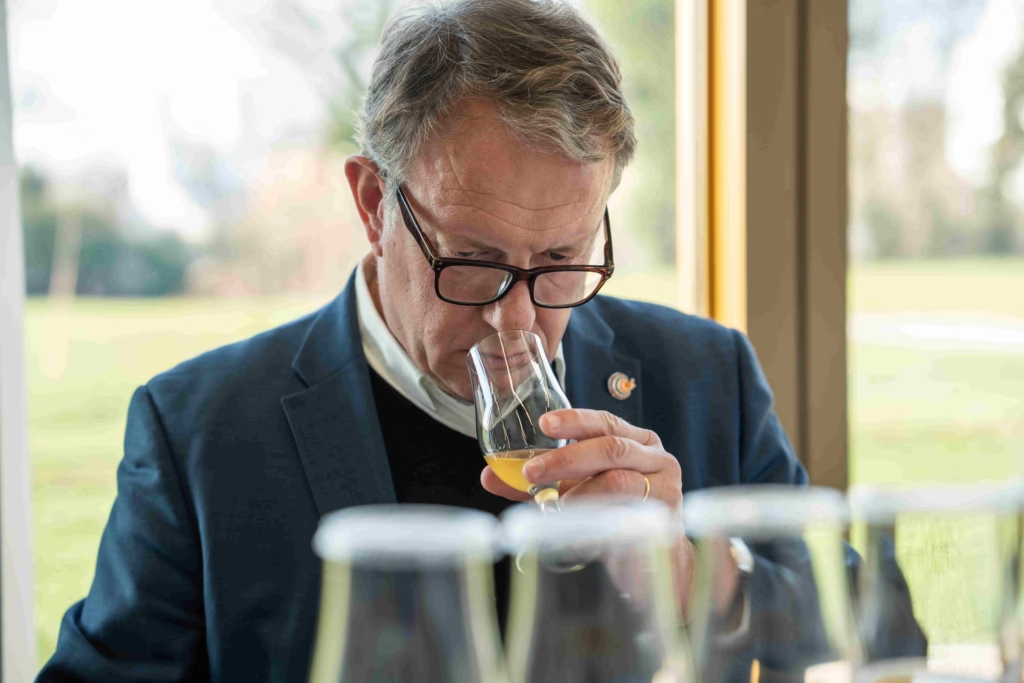
Firstly, we recommend adjusting the pH, especially with kettle souring. This will compensate for the reduced mouthfeel and give your brew that extra edge many NOLO beers appear to be missing.
Since alcoholic fermentation is limited when producing no- or low-alcohol beer, the addition of bacterial fermentation beforehand is recommended to help improve the character of the beer. We trialed and tested comparable adjustments using acid adjuncts, but the sensory results were simply not as good as those achieved through kettle souring. This is because the kettle souring process not only lowers pH, but can also provide some interesting flavors such as fruity and citrus notes.
Our second suggestion is dry hopping. This is another good way to add some flavor to your NOLO brews. The best results we have achieved so far were, in fact, a combination of kettle souring and dry hopping. As always, we encourage you to conduct your own trials and experiments to find the best recipe for your customers.
Crafting diverse beer styles with SafBrew™ LA-01
With smart brewing methods, it’s now possible to brew any kind of beer style with limited alcohol. SafBrew™ LA-01 is, in fact, perfectly adapted for brewing diverse no- or low-alcohol beer styles. This is thanks to its inherent characteristics, as well as its flexibility when one gets a little creative.
As a POF+ yeast strain, SafBrew™ LA-01 can produce phenolic notes. These spicy or clove-like notes are highly suited to many beer styles, especially those of Belgian origin, such as Saison. Though SafBrew™ LA-01 will always be considered POF + from a genetic standpoint, there are three very efficient ways of dialing down its phenolic side. Through various trials, we’ve observed that it’s possible to suppress the POF character of SafBrew™ LA-01 through certain brewing techniques or the use of specific ingredients.
Here are three tips to attenuate or neutralize the phenolic flavor of SafBrew™ LA-01.
1. High temperature mashing (over 70°C)
One of the common practices to brew no- or low-alcohol beer is to mash at a higher temperature than what is generally recommended for a standard beer. To understand how the mashing temperature can impact the phenolic perception, it’s important to look at the enzymatic action of the malt during this brewing step. Enzymatic activity is influenced by temperature and/or pH, so playing with these parameters can increase or decrease production of certain compounds and notably the phenolic precursors that can be found in the malt.
In this case, the phenolic precursors we are talking about are ferulic and coumaric acids. At higher temperatures, the enzymatic activity is lower, and so fewer phenolic precursors (i.e. ferulic acid) are produced in the wort. This ultimately allows brewers to ferment a more neutral beer with no notable spice or clove-like flavors.

Enzymatic activity during mashing releases phenolic precursors that can be processed into 4-VG by POF+ yeasts. Higher mashing temperature reduces this activity.
2. Experimenting with special malts
Another way to reduce the phenolic perception is to experiment with special malts. Some malts, especially darker, roasted or smoked varieties, hold a much higher concentration of phenolic compounds. When you brew using these special malts, these phenols and other compounds will generally translate into distinctive flavors typical of darker beer styles (e.g. roasted flavors, caramel, toffee, chocolate, smoky, bacon etc.). Why not brew a low-alcohol stout or porter?
Additionally, the presence of dark malts in the grist tends to reduce phenolic production by yeast because they contain more complex compounds (like melanoidins and polyphenols) that can bind or block the precursors needed for phenol formation. These specialty malts also have less ferulic acid available, which is the main building block for phenolic flavors like clove, as it gets degraded by the roasting process.
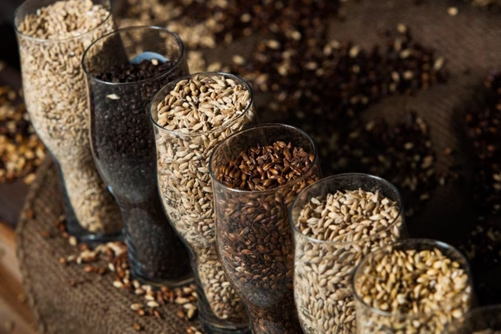
Special malts can be used to reduce the phenolic perception in low alcohol beers brewed with SafBrew™ LA-01
3. Kettle souring with SafSour LP 652™
And, last but not least, this tip is a clever recommendation we have been encouraging for many years now. As mentioned earlier, SafBrew™ LA-01 works very well with a kettle souring process or creative dry hopping. This means you can also produce very clean and sophisticated sour beers or hoppy low-alcohol ales.
Throughout numerous trials, we noticed that added sourness in low-alcohol beers helps to compensate for the watery or overly sweet flavor profile. It also adds fruity flavors from the bacterial fermentation. And here’s the kicker – another side-effect of kettle souring your wort using our solutions is the successful reduction or even elimination of phenolic notes in the beer. Our results, especially on the sensory analysis side, showed that low-alcohol beers kettle soured with SafSour LP 652™ were never considered phenolic. Indeed, the souring process helped to boost the citrus and tropical notes in dry-hopped beers.
A dynamic duo: SafBrew™ LA-01 and SafSour LP 652™ are ideal solutions for producing sophisticated no- or low-alcohol sour beers.
Key takeaways for brewers
Whether you’re looking to brew a low-alcohol or non-alcoholic beer, SafBrew™ LA-01 should be on your trial list. By adjusting specific brewing parameters, you can achieve both very easily.
And when it comes to beer styles, the sky is the limit. With some creativity and care, we are confident you can brew any style of no- or low-alcohol beer using SafBrew™ LA-01. It’s such a versatile and complete NOLO yeast, you can craft anything from a stout to a sour, wit, or IPA.
Not convinced? Come and taste our selection of no- and low-alcohol beers at our next event in your area. You will be amazed at how good they are!
You can also check out our NOLO Brewer Stories featuring SafBrew™ LA-01 at La Rouget, and Aux Enfants Terribles in France.


